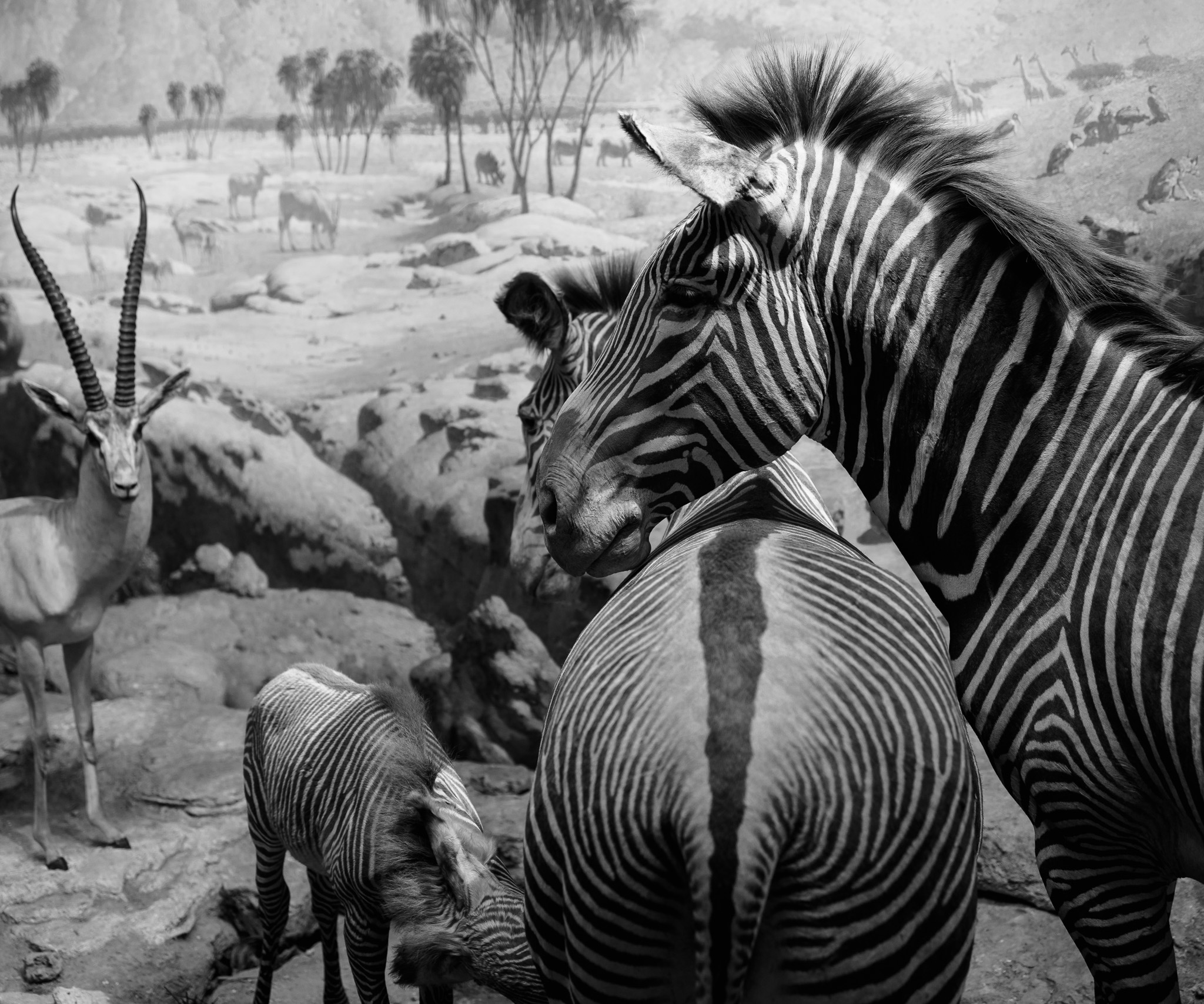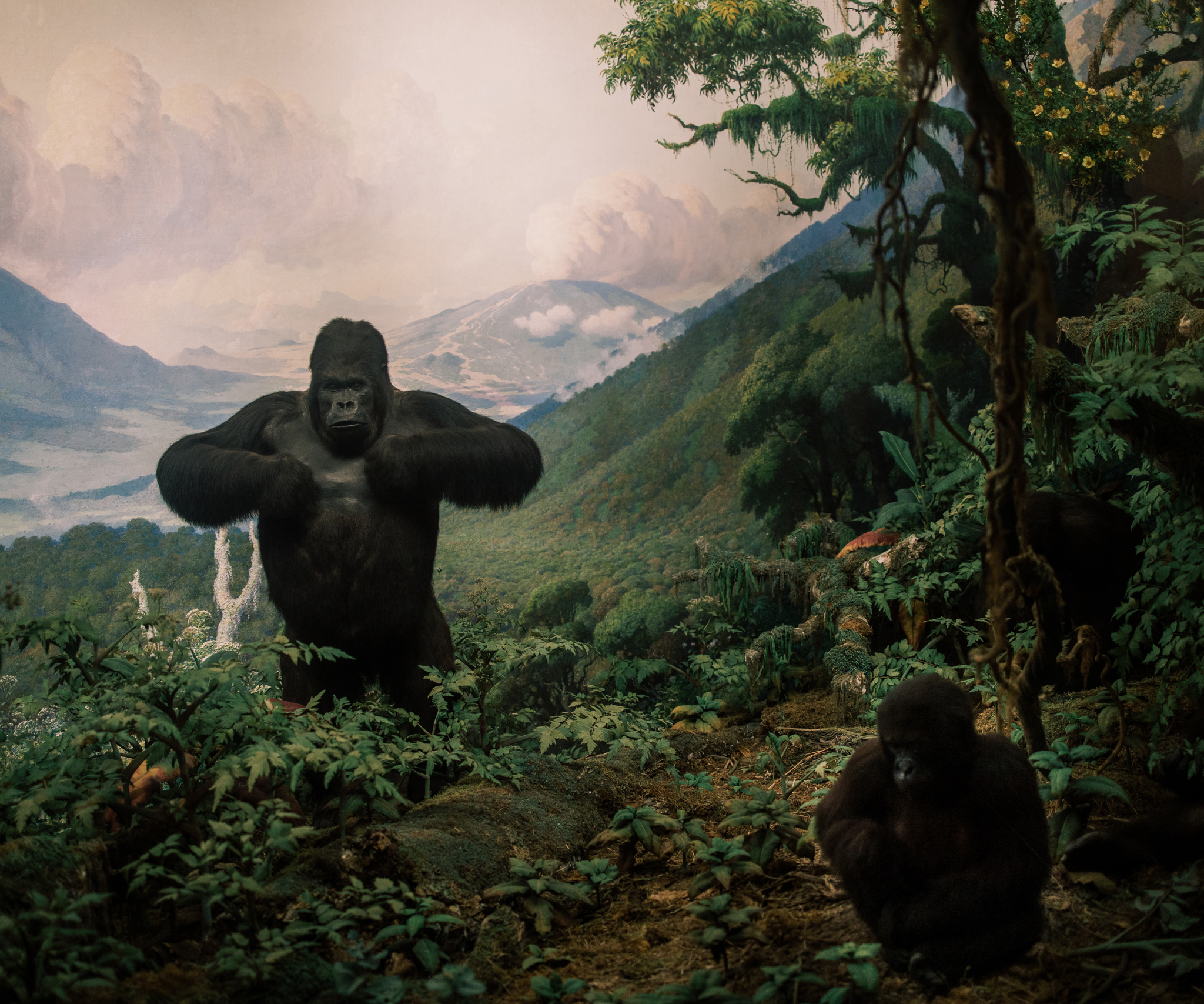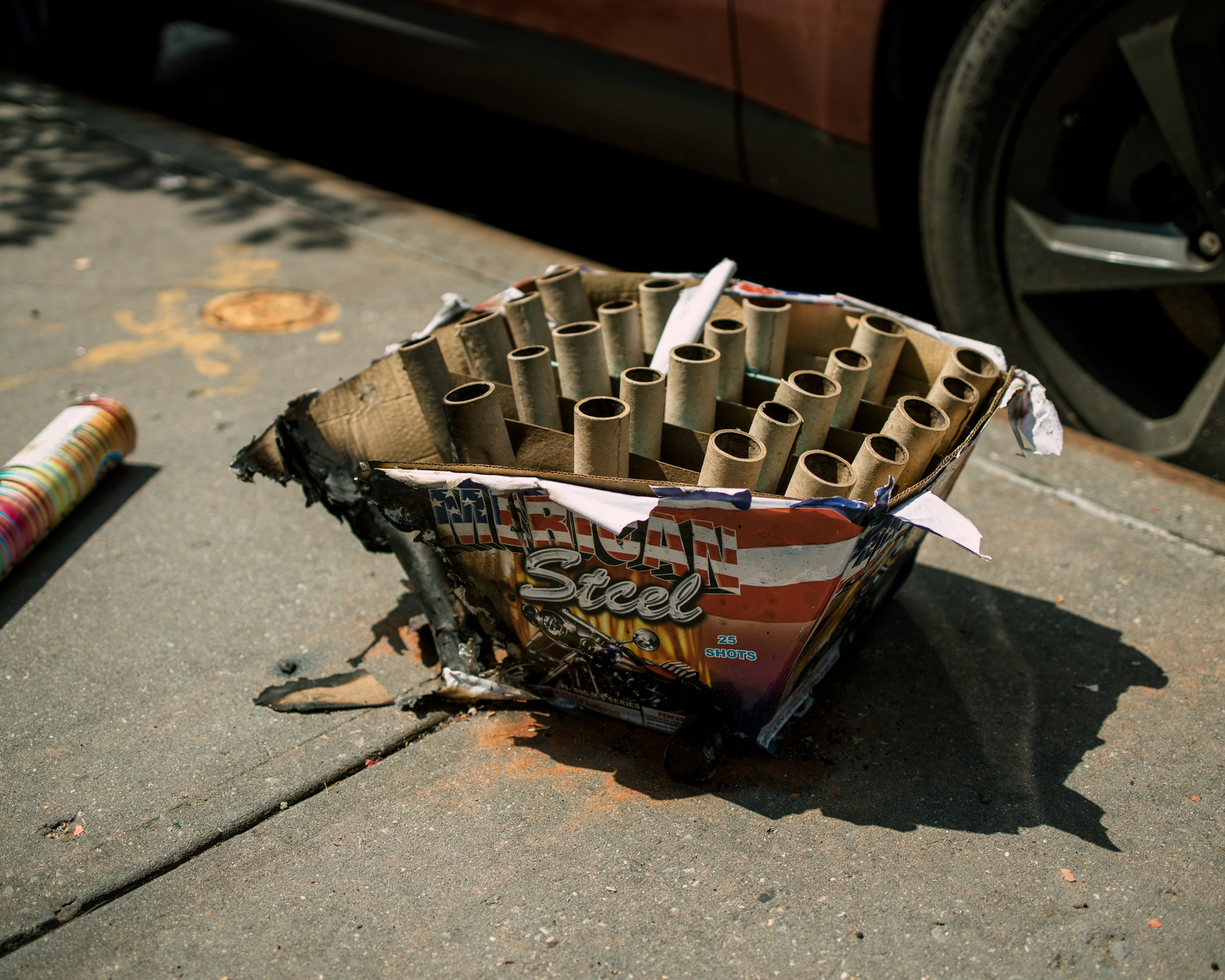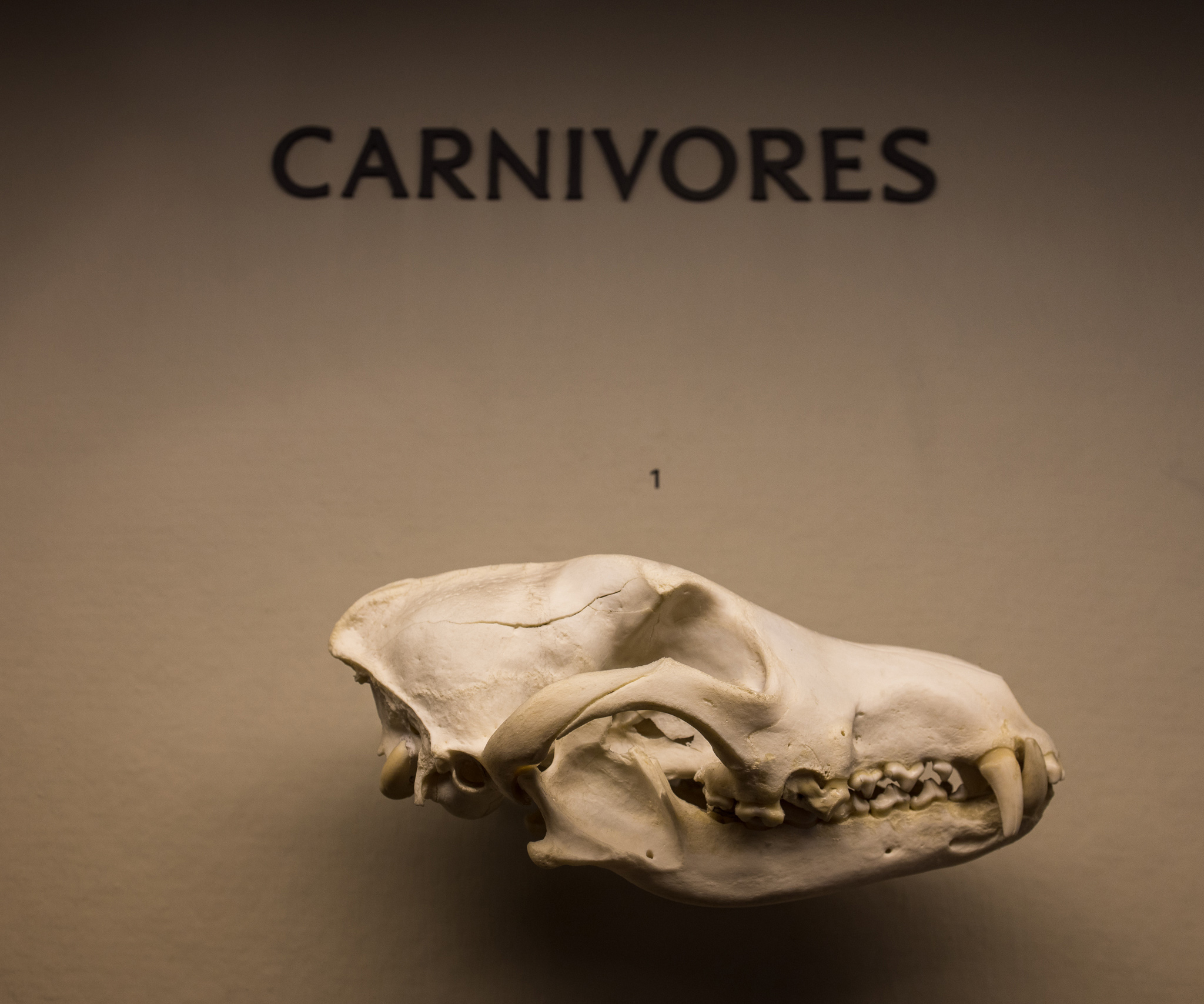My transition to digital still photography began in 2005 with the original Canon 5D (Mark I), Canon's first affordable full frame, or full format, DSLR. At the time, I was shooting primarily with a Leica M6, but an editorial gig for some local weeklies required the quick turnaround, and more reasonable on-going costs, that only digital could provide. Also, some of the publications I was shooting for were in black and white while others printed in color. The ease of being able to turn in RAW files as well as black and white JPEG files to my editor was too convenient to ignore any longer. (For the curious, yes, I still shoot film from time to time, but my camera collection has been pared down to absolute basics: a single 35mm body and a single 6x7 medium format camera.)

Fast-forward to 2019 and, with the exception of a couple dalliances with other systems, I've basically been shooting Canon ever since. One of those experiments was with another mirrorless camera system, but the lack of (at the time) exceptional native lenses, as well as the compromises inherent in third-party, reverse-engineered adapters, made using my collection of EF lenses painful at times. Yet, the ability to utilize my collection of vintage glass, most from legacy or abandoned mounts (Leica M/R, Contax-Yashica Zeiss, Canon FD, M39/M42 screwmount, etc.), on a 24mm x 36mm sensor remained seductive.
I've been shooting with the EOS R for about six months and am happy to say that, so far, Canon's first full frame mirrorless camera allows me to have my cake and eat it too, most of the time. The EOS R brings with it a 30.3MP full frame sensor similar in specification to the one in the 5D Mk IV (in other words: no slouch), the beloved-by-many Canon "look," one of the nicest EVFs I've had the opportunity to work with, and, owing to the lack of an internal mirror box, Canon's new shallow flange depth lens mount, dubbed RF.

As I was transitioning from various film formats (mostly 6x7 medium format and even 4x5 large format for my more formal fine art projects), I relied on a great feature that Canon had brought over from their film bodies: interchangeable focusing screens. For the 5D, and later the 5D Mark II, this feature allowed me to change the standard focusing screen for one with classic 4x5/8x10 aspect ratio crop marks. This made it possible to compose in that more formal "fine art" aspect ratio and allowed me to intermingle prints made from scanned negatives with those that originated digitally. When the 5D Mark II came out, its resolution was high enough that, with the right lens and post-processing, I felt I could finally get competitive results from full-frame digital vs. medium format film. However, when the 5D Mark III was released, interchangeable focusing screens went away as Canon started using a fixed design allowing for the display of autofocus points and other information directly on the focusing screen. They did "throw us a bone" by allowing for cropping information for several popular classic film formats (4x5, 5x7, 6x7, etc.) to be added to the file, but it was only possible to evaluate the framing post-capture. This trend continued with the 5D Mark IV and 5D S and SR.

Now that the EOS R has an electronic viewfinder, this great feature is available full-time including, crucially, before a picture is taken. As before, the cropping information is added to the RAW file as metadata, allowing the alternative aspect ratio to be used in post processing. In applications like Canon's Digital Photo Pro, as well as Adobe Camera RAW and Lightroom Classic, you can then adjust your "fine framing" post-capture while having the cropped picture area available – a "metadata crop," if you will. Having the crop lines displayed in the viewfinder as you are shooting also allows for an almost "rangefinder"-like shooting experience as you are able to see outside the framelines, allowing you to anticipate action, such as a moving object or person who is just about to enter or leave the frame, and decide whether to include that action or not. This is also similar to the ground glasses used in the optical viewfinders in cinema cameras in the past, which gave camera operators similar flexibility.

Of course, we can't talk about the EOS R without talking about its brand-spanking-new lens mount, dubbed 'RF'. I'll resist the temptation to speculate what those letters could stand for, but will say that the RF lenses I've used on the camera (the 35mm f/1.8 IS and 50mm f/1.2) have performed spectacularly. The 35mm f/1.8 has superb image quality and incredible close focus, reaching 1/2 life size in terms of macro capability. The 50mm f/1.2, however, is in a class of its own. The performance at wider apertures simply has to be seen to be believed. I've used most iterations of Canon's "ultra-speed" 50s, and this is the best yet by a considerable margin. It may be the best performing 50mm lens ever made, especially considering the price compared to the usual suspects from companies like ZEISS and Leica. Many companies are touting the advantages relative to optical design of shallow flange focus depth lens mounts (or, as Kodak called it, registration distance): comparably smaller/lighter lenses for similar performance, larger rear elements positioned closer to the sensor help keep light rays perpendicular to the sensor ("telecentricity"), and moving all optical groups closer to the sensor allows for a more balanced camera/lens combination overall as the center of mass is more uniform. So far, all of these purported benefits seem to bear out in real world shooting.

All in all, the EOS R has provided probably the best experience (for me) on mirrorless so far. The smart EF lens adapters made by Canon for the RF mount work superbly, to the extent that you would never think that the camera wasn't EF-native with those lenses. And there are a host of "dumb" adapters on the market that allow adapting, well, just about any lens designed for 35mm photography in the 20th century. Some work better than others, but not having to worry whether my vintage Contax ZEISS, Pentax, Leica and other lenses will foul the mirror (as so many did on the 5D Mark II and other mirror-box bodies) is worth a lot in terms of peace of mind. Not to mention being able to put a Canon sensor behind, say, Canon's own FD lenses (their system from the 60s and 70s that was eventually replaced with EF) is a real treat. I'll be waiting and watching, along with many of you, to see how Canon develops their mirrorless camera business in terms of both lenses and bodies in the months and years to come. So far, though, I think Canon has hit a home run with the R/RF system.

All photos shot by Goeff Smith using the Canon EOS R and the following lenses, Canon RF 50mm F1.2 L USM Prime & Canon RF 35mm F1.8 Macro IS STM.


















AbelCine encourages comments on our blog posts, as long as they are relevant and respectful in tone. To further professional dialog, we strongly encourage the use of real names. We reserve the right to remove any comments that violate our comment policy.
AbelCine publishes this blog as a free educational resource, and anyone may read the discussions posted here. However, if you want to join the conversation, please log in or register on our site.
We use Disqus to manage comments on this blog. If you already have a Disqus account registered under the same email as your AbelCine account, you will automatically be logged in when you sign in to our site. If not, please create a free account with Disqus using the same email as your AbelCine account.